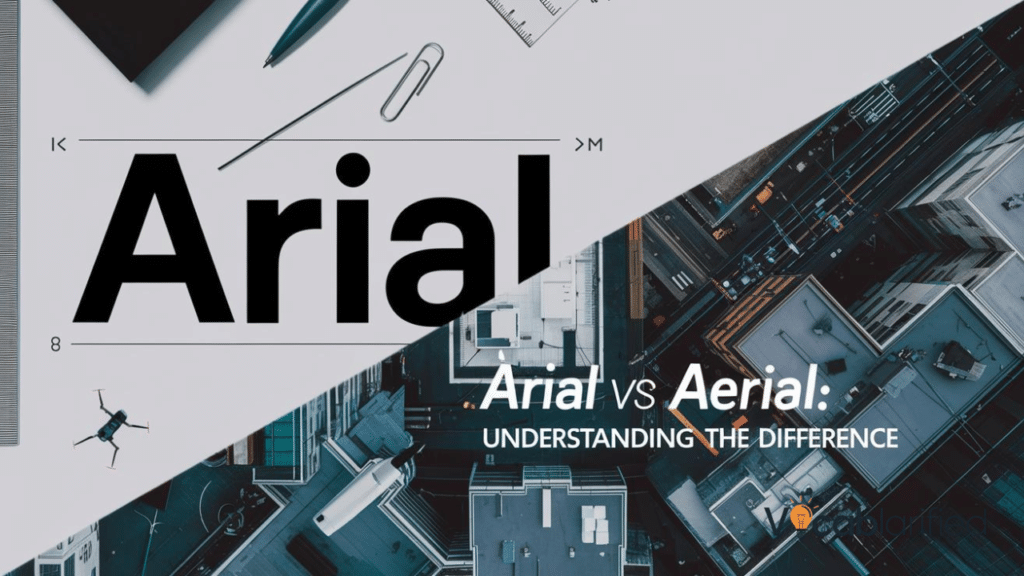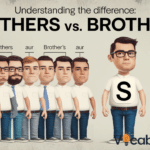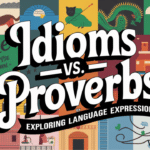In the realm of communication, two words often cause confusion due to their similar pronunciation: Arial and aerial.
While they may sound alike, their meanings and applications couldn’t be more different. This article aims to shed light on these terms, exploring their usage in various contexts and highlighting the key distinctions between them.
The World of Arial
Arial, a popular sans-serif typeface, has become synonymous with modern typography. Developed in 1982 by Robin Nicholas and Patricia Saunders, this font has found its way into countless documents, websites, and designs. Its clean lines and easy readability make it a go-to choice for many designers and writers.
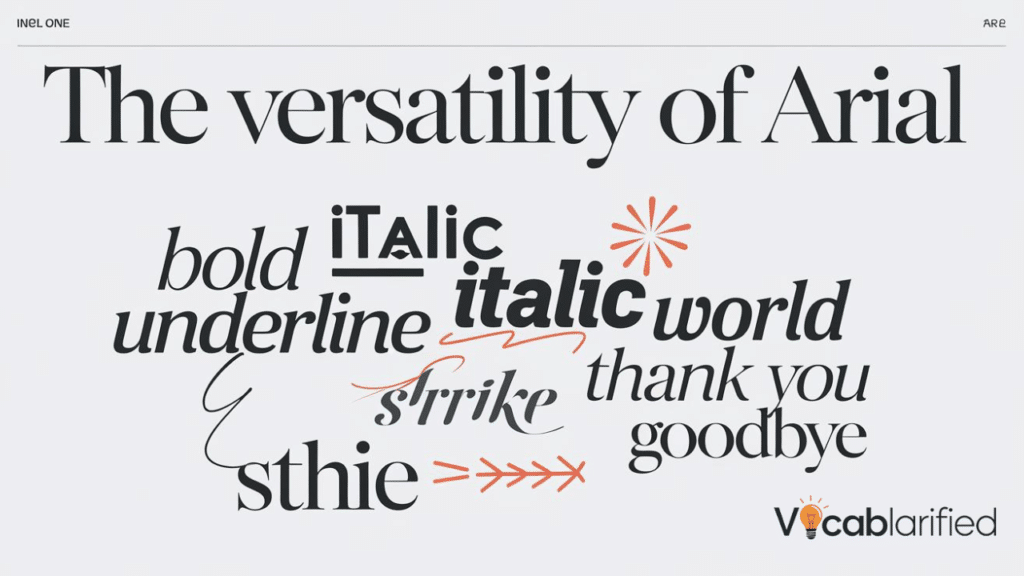
Arial in Action
Imagine Sarah, a graphic designer, working on a new company brochure. She opts for Arial as her primary font, appreciating its versatility and professional appearance. The sans-serif style of Arial lends itself well to both headings and body text, creating a cohesive look throughout the document.
You Might Also Like: Roll Call Or Role Call: What’s The Difference?
The Typographic Landscape
Arial’s popularity stems from its ability to adapt to various design needs. Whether it’s a corporate email or a wedding invitation, Arial can set the right tone. Its neutral character allows it to blend seamlessly into different contexts, making it a favorite among designers and non-designers alike.
| Font Name | Classification | Year Created | Designer |
|---|---|---|---|
| Arial | Sans-serif | 1982 | Robin Nicholas, Patricia Saunders |
| Helvetica | Sans-serif | 1957 | Max Miedinger |
| Futura | Geometric Sans-serif | 1927 | Paul Renner |
| Calibri | Sans-serif | 2004 | Lucas de Groot |
| Verdana | Sans-serif | 1996 | Matthew Carter |
| Tahoma | Sans-serif | 1994 | Matthew Carter |
| Century Gothic | Geometric Sans-serif | 1991 | Monotype Imaging |
| Trebuchet MS | Humanist Sans-serif | 1996 | Vincent Connare |
| Segoe UI | Sans-serif | 2004 | Steve Matteson |
| Open Sans | Humanist Sans-serif | 2011 | Steve Matteson |
Soaring with Aerial
On the other side of the spectrum, we have “aerial” – a term that takes us to new heights, quite literally. Aerial refers to anything relating to the air or occurring in the atmosphere. This word opens up a world of possibilities, from aerial photography to drone technology.
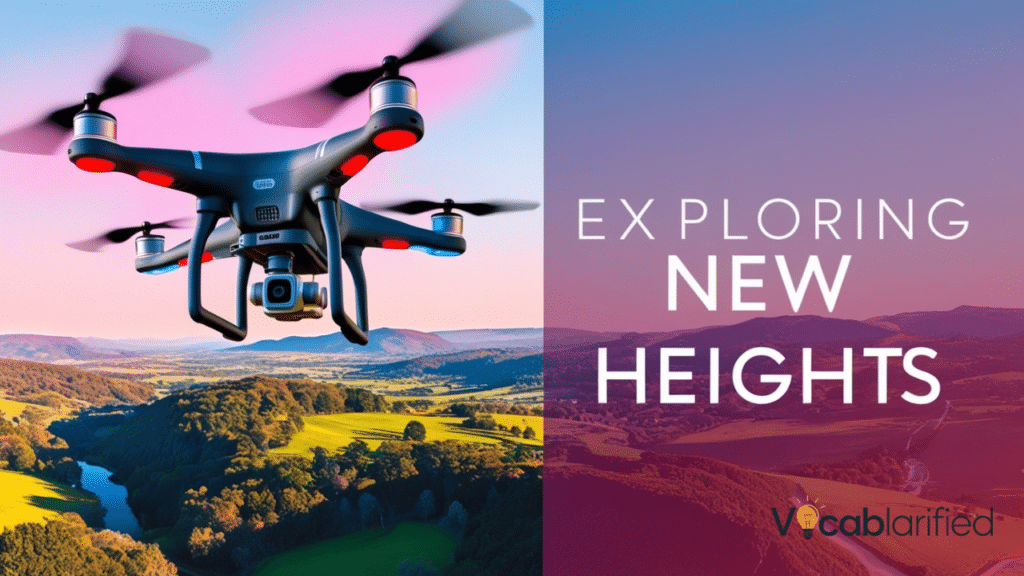
Aerial Adventures
Picture Alex, a professional photographer, embarking on his latest project. He’s using a drone to capture stunning aerial shots of a coastal city. The perspective gained from these airborne images offers a unique view of the landscape, showcasing the interplay between urban development and natural beauty.
You Might Also Like: Training Or Trainning: Which One Is Correct?
The Sky’s the Limit
Aerial technology has revolutionized various industries. From aerial photography enhancing real estate marketing to drones assisting in search and rescue operations, the applications are vast and continually expanding. The aerial viewpoint provides insights and capabilities that ground-level operations simply can’t match.
| Aerial Application | Description | Industry |
|---|---|---|
| Drone Photography | Capturing images from above | Real Estate, Tourism |
| Agricultural Surveys | Monitoring crop health | Agriculture |
| Search and Rescue | Locating missing persons | Emergency Services |
| Traffic Monitoring | Assessing road conditions | Transportation |
| Wildlife Tracking | Studying animal populations | Conservation |
| Building Inspections | Assessing structural integrity | Construction |
| Aerial Mapping | Creating detailed topographic maps | Cartography |
| Film Production | Capturing cinematic aerial shots | Entertainment |
| Environmental Monitoring | Tracking pollution and deforestation | Environmental Science |
| Disaster Assessment | Evaluating damage after natural disasters | Emergency Management |
Understanding the Differences
The distinction between Arial and aerial goes beyond mere spelling. Arial belongs to the world of typography, while aerial pertains to anything in or from the air. This divergence in meaning highlights the importance of context in language and communication.
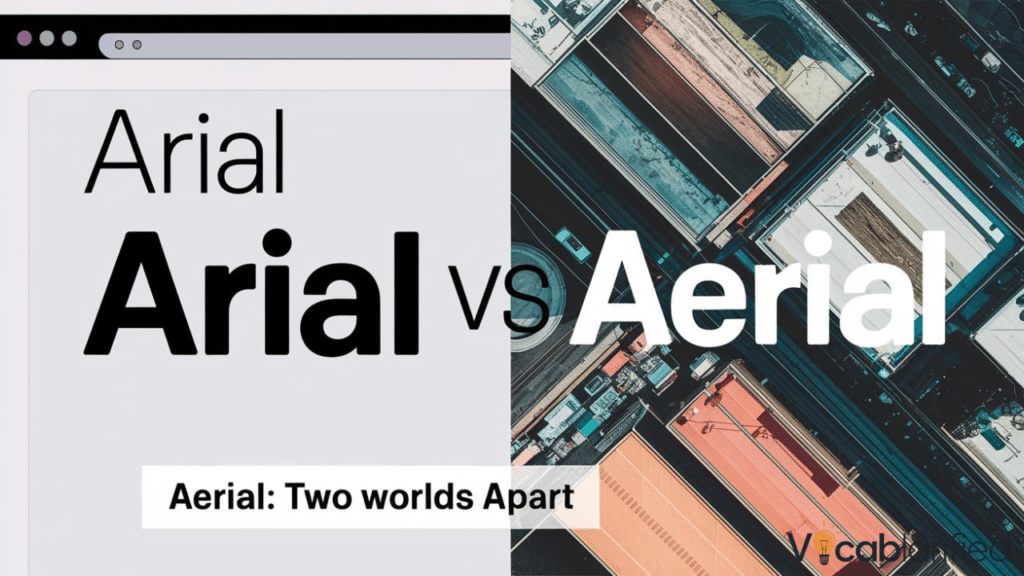
Context is Key
The usage of these terms depends entirely on the situation. In a design meeting, discussions about Arial would focus on font choices and readability. In contrast, a conversation about aerial techniques would likely involve cameras, drones, or other airborne equipment.
You Might Also Like: Choosing or Chosing? Get It Right Every Time
Bridging the Gap
Interestingly, there are instances where Arial and aerial concepts intersect. Consider a graphic designer creating a logo for a drone company. They might choose Arial as the font for its clean, modern look, while the logo itself depicts an aerial view captured by a drone. This fusion of typography and aerial imagery showcases how these distinct concepts can complement each other in creative ways.
| Aspect | Arial | Aerial |
|---|---|---|
| Definition | Sans-serif typeface | Relating to air or atmosphere |
| Primary Use | Typography, Design | Photography, Aviation |
| Origin | Created in 1982 | Derived from Latin “aerius” |
| Associated Tools | Computers, Design Software | Drones, Aircraft |
| Professional Fields | Graphic Design, Publishing | Photography, Filmmaking |
| Key Characteristic | Readability | Elevation |
| Visual Representation | Letters, Numbers | Skyline, Landscape |
| Learning Curve | Typography skills | Piloting skills |
| Legal Considerations | Licensing for commercial use | Aviation regulations |
| Technological Advances | Digital fonts, Web typography | Drone technology, Satellite imaging |
The Impact on Design
In the world of design, both Arial and aerial concepts play significant roles. Arial, with its clean lines and versatility, continues to be a staple in graphic design. Its simplicity allows designers to create clear, effective communication across various media.
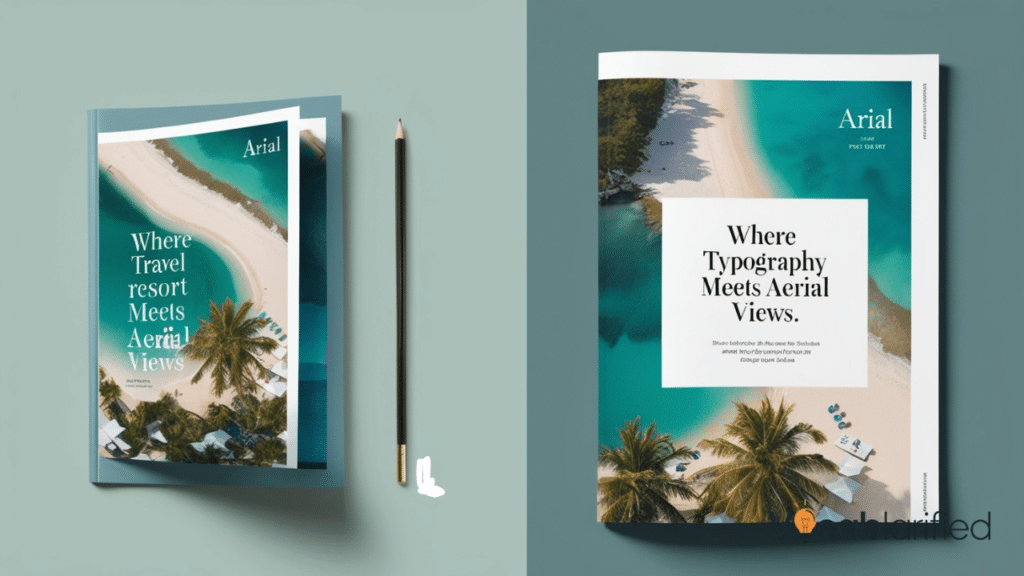
Aerial’s Design Influence
Aerial perspectives have dramatically influenced visual design. The bird’s-eye view offered by aerial photography has inspired new approaches to layout and composition. Designers often incorporate these unique viewpoints into their work, creating dynamic and engaging visuals that capture the imagination.
Typography Meets the Sky
Imagine a travel brochure where Arial is used for the text, while aerial images showcase stunning destinations. This combination of typographic clarity and breathtaking visuals creates a powerful communication tool that engages and informs the reader.
The Future of Arial and Aerial
As technology evolves, so do the applications of both Arial and aerial concepts. In typography, Arial continues to adapt to new display technologies and reading habits. Meanwhile, advancements in drone technology and satellite imaging are expanding the possibilities of aerial applications.
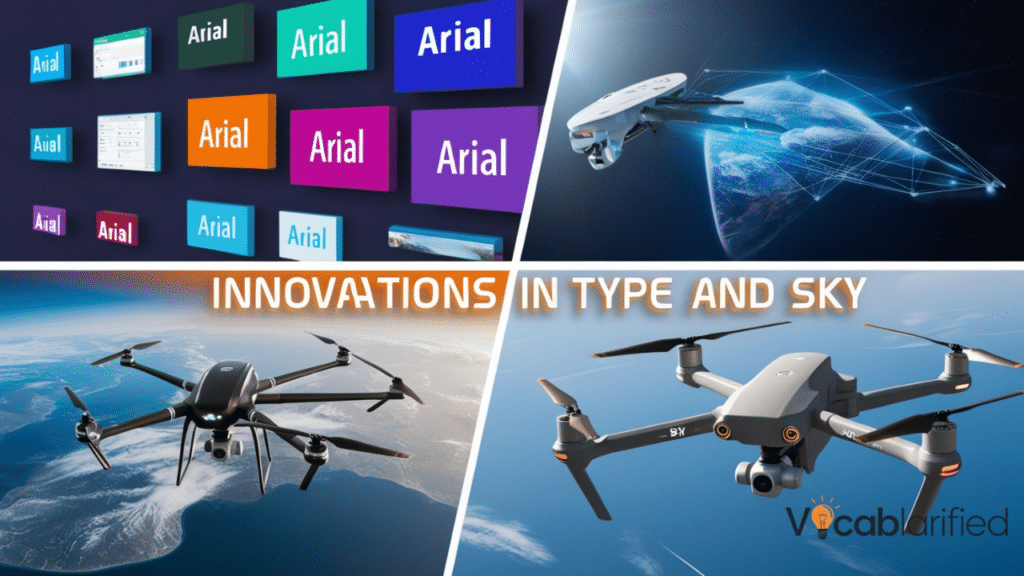
Innovations in Type
New variations of Arial are being developed to meet the demands of digital displays and accessibility standards. These adaptations ensure that this classic sans-serif font remains relevant in an ever-changing digital landscape.
Aerial Advancements
The field of aerial photography is experiencing rapid growth, with improvements in drone technology leading to more stable flights and higher-quality images. These advancements are opening up new possibilities in fields ranging from cinematography to urban planning.
| Aerial Innovation | Application | Impact |
|---|---|---|
| 4K Drone Cameras | Filmmaking | Enhanced visual quality |
| Thermal Imaging | Search and Rescue | Improved detection rates |
| LiDAR Technology | Mapping | More accurate 3D models |
| AI-powered Flight | Surveying | Automated data collection |
| Long-range Drones | Delivery Services | Expanded reach |
| Obstacle Avoidance | Urban Photography | Safer operations |
| Swarm Technology | Light Shows | Complex aerial displays |
| Hyperspectral Imaging | Agriculture | Detailed crop analysis |
| Foldable Drones | Exploration | Increased portability |
| Underwater Drones | Marine Research | Expanded aquatic studies |
Conclusion
While Arial and aerial may sound similar, their usage and significance in various fields are distinct. Arial continues to shape the world of typography and design, offering clarity and readability across different media. Aerial technology, on the other hand, provides new perspectives and capabilities that are transforming industries and pushing the boundaries of what’s possible from above.
Understanding these differences not only clarifies their individual importance but also reveals how they can complement each other in creative and innovative ways. Whether you’re crafting a document or capturing the world from above, the choice between Arial and aerial will depend on your specific needs and the context of your project. As we move forward, both concepts will undoubtedly continue to evolve, offering exciting possibilities in their respective domains.

Emma Carter is an experienced blogger at Vocablarified. She enjoys helping people expand their vocabulary and improve their language skills. With a warm and approachable writing style, Emma makes learning new words fun and accessible. When she’s not writing, she loves reading books and discovering new phrases to share with her readers. Emma is passionate about making language learning an enjoyable journey for everyone.

